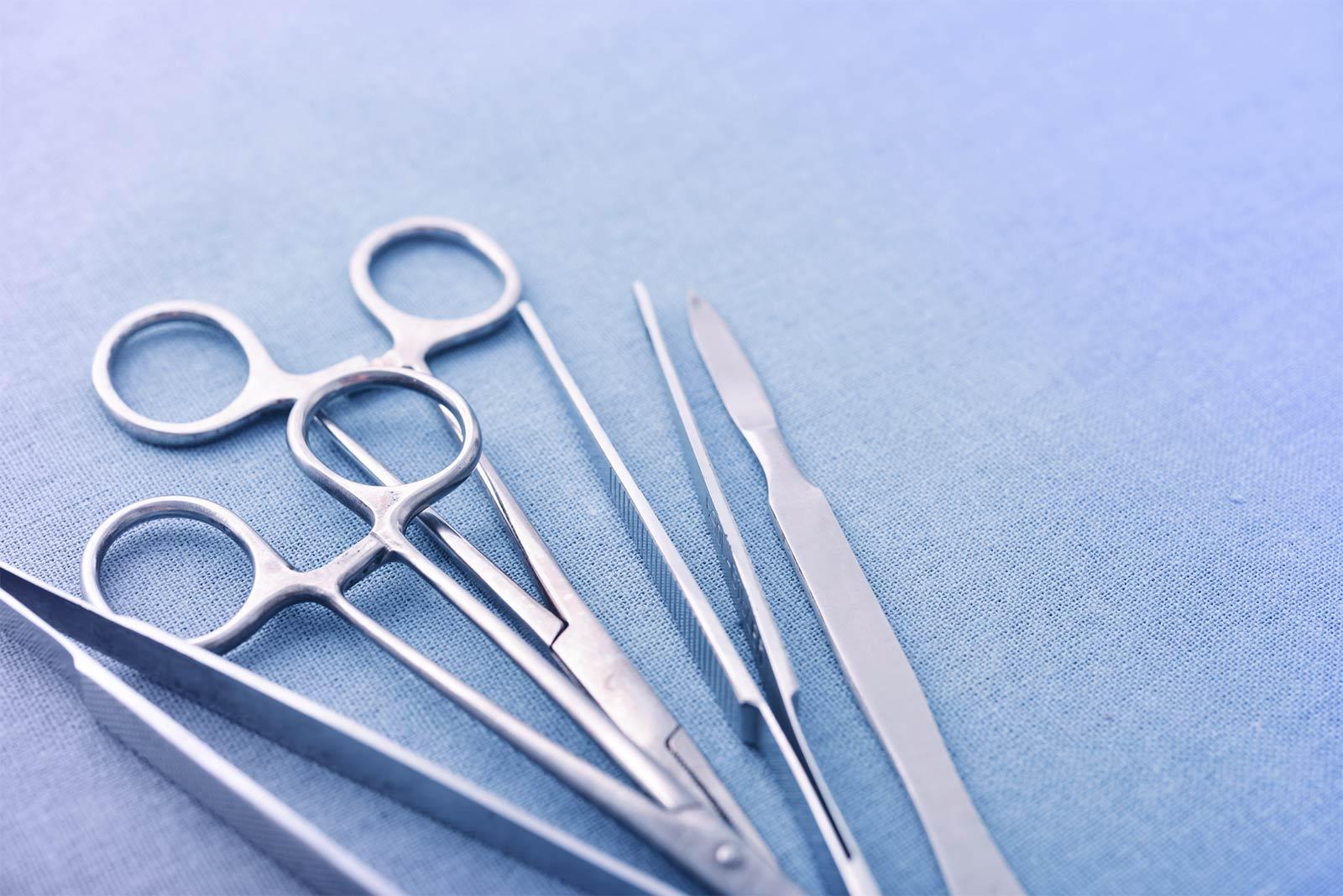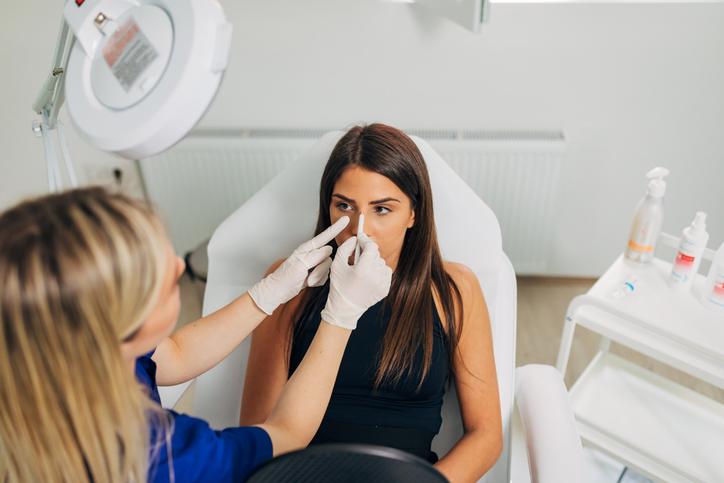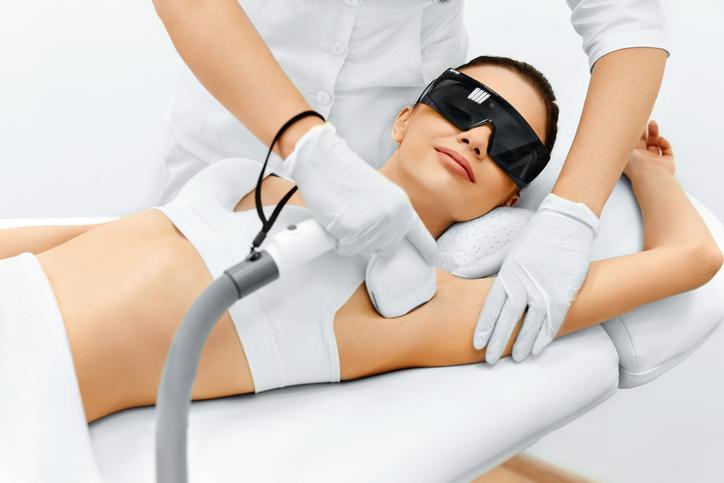
Surgery and procedures
Anaesthesia
Surgery and procedures are medical interventions to diagnose, treat, or improve a patient's health, encompassing a wide range of techniques from open surgery to minimally invasive methods like keyhole surgery.

Surgery and procedures
Gastroscopy
by Dr Philippa Vincent, MRCGP

Surgery and procedures
Nose reduction surgery (rhinoplasty)
by The British Association of Plastic Surgeons (BAAPS)

Surgery and procedures
Spinal anaesthetic
by Dr Doug McKechnie, MRCGP

Surgery and procedures
Laser hair removal
by The British Association of Plastic Surgeons (BAAPS)